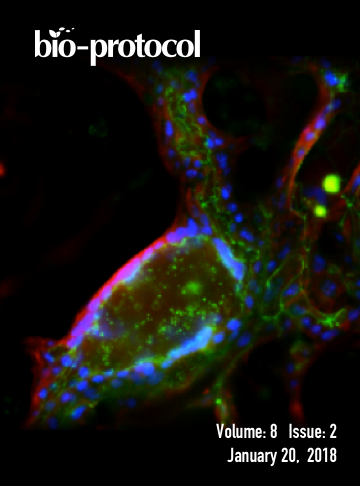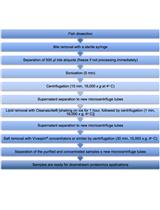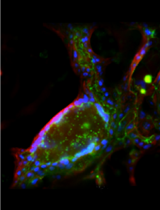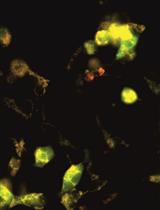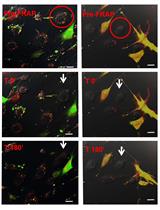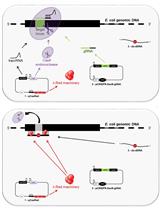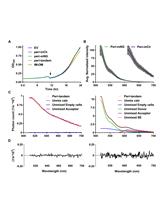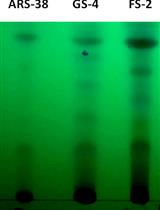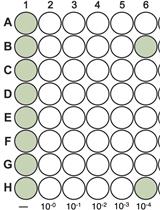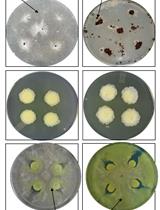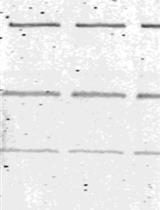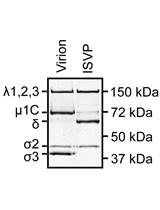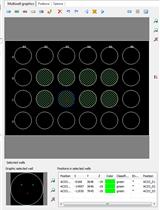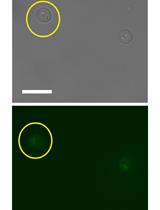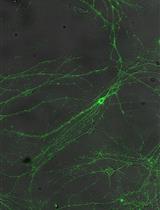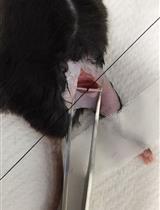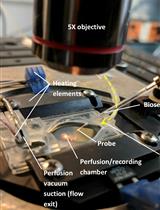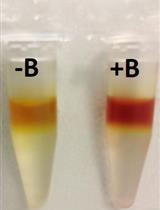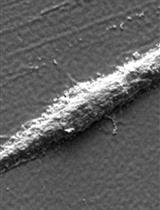往期刊物2018
卷册: 8, 期号: 2
生物化学
Fish Bile Clean-up for Subsequent Zymography and Mass Spectrometry Proteomic Analyses
鱼胆汁清除后进行酶谱和质谱蛋白质组学分析
细胞生物学
Generation of Chemically Induced Liver Progenitors (CLiPs) from Rat Adult Hepatocytes
利用大鼠成年肝细胞生成化学诱导肝祖细胞(CLiP)
Measuring Mitochondrial ROS in Mammalian Cells with a Genetically Encoded Protein Sensor
用基因编码的蛋白质传感器测定哺乳动物细胞线粒体中的ROS
Analysis of Exosome Transfer in Mammalian Cells by Fluorescence Recovery after Photobleaching
光漂白后荧光恢复技术分析哺乳动物细胞外泌体转移
微生物学
Multiple Stepwise Gene Knockout Using CRISPR/Cas9 in Escherichia coli
使用CRISPR/Cas9在大肠埃希杆菌中进行逐步多基因敲除
Detection of Protein Interactions in the Cytoplasm and Periplasm of Escherichia coli by Förster Resonance Energy Transfer
采用Förster共振能量转移法检测大肠埃希杆菌细胞质和周质中蛋白质的相互作用
Identification and Quantification of Secondary Metabolites by LC-MS from Plant-associated Pseudomonas aurantiaca and Pseudomonas chlororaphis
采用LC-MS法鉴定和定量植物相关桔黄假单胞菌和绿针铜绿假单胞菌中次级代谢产物
Isolation and Purification of Viruses Infecting Cyanobacteria Using a Liquid Bioassay Approach
一种分离和纯化噬藻体的液体生物检定方法
Bacteria-fungal Confrontation and Fungal Growth Prevention Assay
细菌 - 真菌对抗和真菌生长预防试验
Infectious Subviral Particle to Membrane Penetration Active Particle (ISVP-to-ISVP*) Conversion Assay for Mammalian Orthoreovirus
哺乳动物正呼肠孤病毒从传染性亚病毒颗粒转化为膜穿透活性颗粒(ISVP-to-ISVP*)分析
Infectious Subviral Particle-induced Hemolysis Assay for Mammalian Orthoreovirus
哺乳动物正呼肠孤病毒传染性亚病毒颗粒诱导的溶血试验
Live-cell Imaging of Neisseria meningitidis Microcolony Dispersal Induced by Lactate or Other Molecules
乳酸盐或其他分子诱导的脑膜炎奈瑟氏菌小菌落扩散的活细胞成像
分子生物学
Characterising Maturation of GFP and mCherry of Genomically Integrated Fusions in Saccharomyces cerevisiae
鉴定酿酒酵母中GFP和mCherry融合蛋白的成熟特征
神经科学
Obtaining Acute Brain Slices
急性脑组织切片的制备
Common Carotid Arteries Occlusion Surgery in Adult Rats as a Model of Chronic Cerebral Hypoperfusion
成年大鼠颈总动脉闭塞手术作为慢性脑低灌注模型
Fluorescent Measurement of Synaptic Activity Using FM Dyes in Dissociated Hippocampal Cultured Neurons
使用FM染料对分离的海马培养神经元中的突触活动进行荧光测定
Mechanical Allodynia Assessment in a Murine Neuropathic Pain Model
利用小鼠神经性疼痛模型评估机械性痛觉超敏
D-serine Measurements in Brain Slices or Other Tissue Explants
脑切片或其他组织外植体中D-丝氨酸测定
植物科学
Determination of Boron Content Using a Simple and Rapid Miniaturized Curcumin Assay
姜黄素法简单快速测定低浓度硼含量
干细胞
Mouse Satellite Cell Isolation and Transplantation
小鼠卫星细胞的分离和移植
Human Endometrial Stem Cell Isolation from Endometrium and Menstrual Blood
从子宫内膜和经血中分离人子宫内膜干细胞


